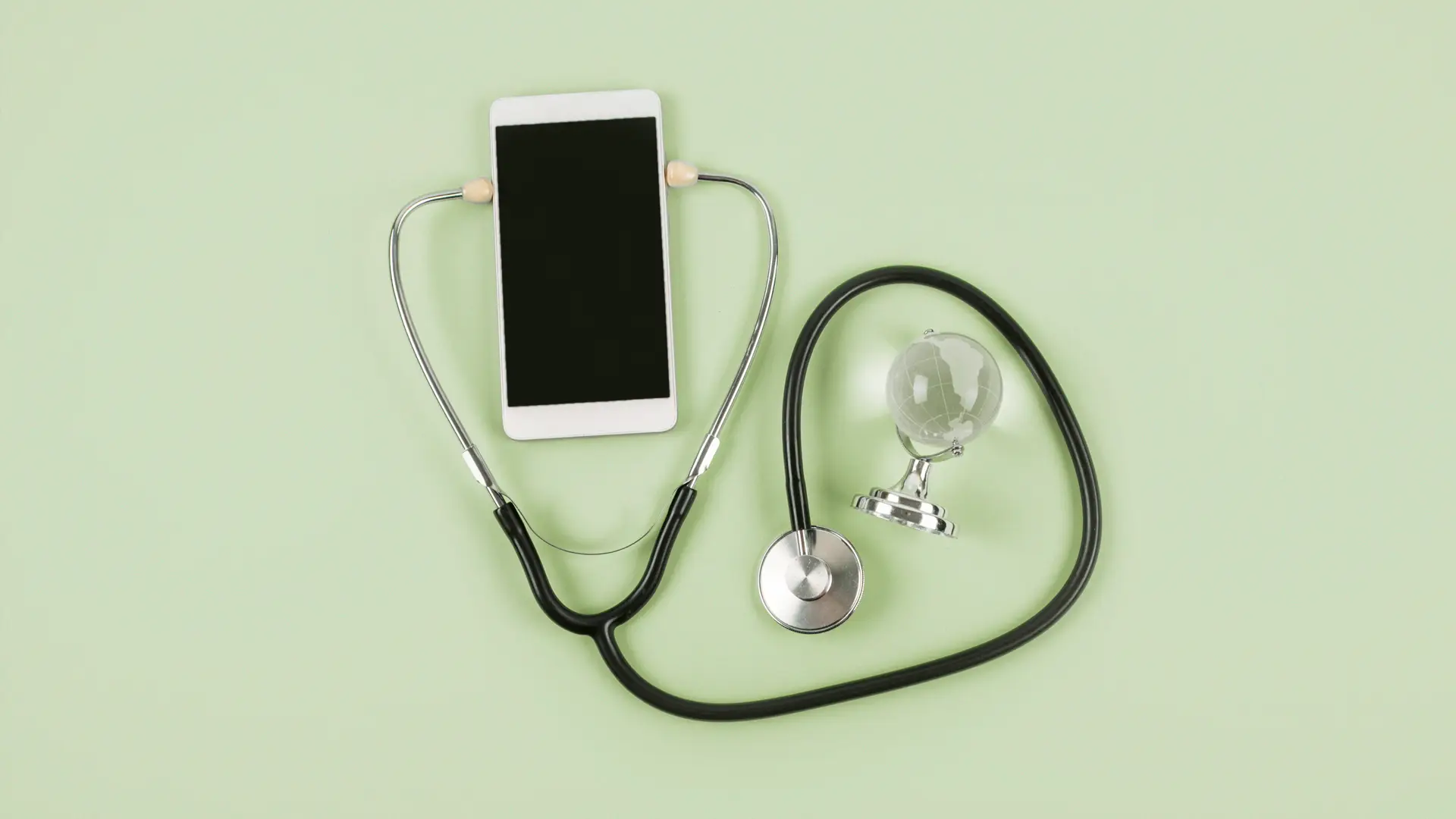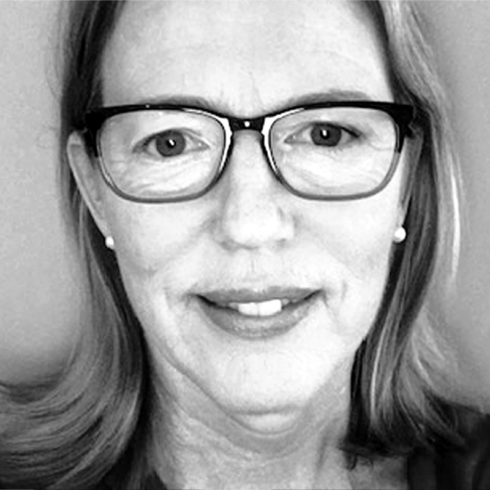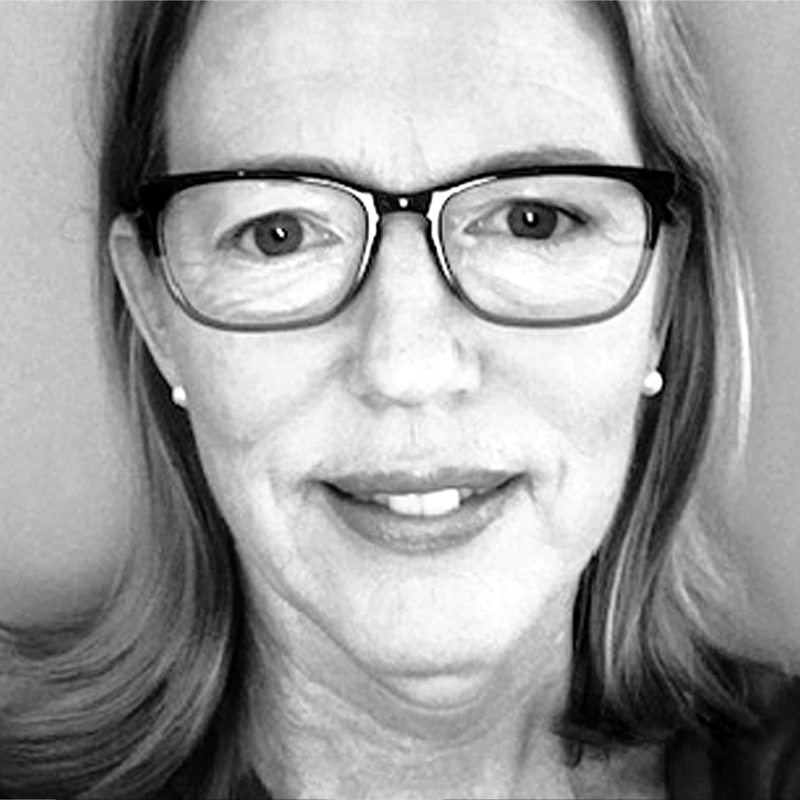

Key Takeaways
- Plain language in health care marketing enhances communication by making information clear and accessible, improving health literacy, self-efficacy, and connection to care.
- Using plain language in health care marketing drives business benefits, including cost savings, revenue growth, improved ratings, and increased patient engagement and referrals.
- Health insurers and brokers using plain language can better guide customers in choosing and managing health plans, fostering trust and enabling more effective client relationships.
- Employers can build trust and productivity by simplifying insurance options for employees, encouraging greater understanding and participation in health coverage.
Listen: The power of plain language in health care marketing.
Plain language is sharing information in an understandable, concise, and useful way. It is an art and a science that requires marketers to craft messages that their audiences find intellectually, emotionally, and visually attractive.
In the health care space, plain language is an impactful way to connect people to care while driving brand growth. This article discusses why plain language is so valuable and describes how to start using it in health care marketing and communications.
The importance of plain language
Plain language helps people find and access the care they need, understand how to use their health insurance, and improve their health outcomes. What else does it do?
It emphasizes equity and empathy. Showing you care is more important than saying you care. Communicating in plain language demonstrates that you are committed to connecting people to health care—and that you understand how challenging it can be to find and get care, work with insurance, and pay for care. Doing so shows empathy, proving that you take your audience's needs and perspectives seriously.
It lowers people's effort. Health care is expensive. Don't make it hard to deal with, too. You won't likely influence the cost of care or health insurance, but you absolutely can persuade people to participate actively in improving their health outcomes and using their health coverage. Plain language eliminates the need for most people to hunt for definitions, struggle with processes, and contact your organization for support—all of which widen the gap between people and health care.
It builds health literacy and self-efficacy. Plain language brings the entire health care experience within reach for people, whether they're patients or caregivers. It improves their health literacy—a significant barrier to finding and accessing care, using insurance, expressing needs for care, and adhering to treatment plans. Plain language also builds self-efficacy—in this context, a person's confidence or belief in their ability to handle a health care-related situation successfully on their own. Self-efficacy improves engagement and drives task completion.
Benefits on the business side of health care
Marketing and communicating in plain language saves money, expands revenue, improves ratings, generates referrals, and more. Here are some practical examples of plain language's impact on the business of health care.

Pharma telehealth opens doors to more direct communication.
Insights & Trends • Marketing & Creative
Health insurers will enjoy growth through enrollment, lifecycle engagement, and plan renewal when they use plain language to show how to choose, use, and renew a health plan. They'll also see more members selecting primary care doctors, getting routine checkups, and participating in health and wellness programs when they market the value of these behaviors and resources in plain language. These kinds of results enable health insurers to make and save money—and improve their ratings, which is an important part of industry accreditation.
Medical practices and hospital systems will see continuous improvement in their revenue cycles when they use plain language to guide patients through payment options and processes. Patient referrals matter, too. A person who understands their health care experience is likely to urge family and friends to visit the health care professional or care facility that made them feel confident and equipped.
Brokers who use plain language to market health plans give themselves a unique advantage. Helping employers understand which plans are best for their employees and their bottom lines builds trust, which leads to more business for the broker.
The broker also makes it easier for their clients to pitch the health plans to their employees without having to translate everything into everyday English first.
Employers who make it easy for employees to understand their insurance options, sign up for coverage, and renew their plans will earn greater trust from their employees. Employees who trust their employers tend to be more productive and invested in the business's success.
How to make the biggest impact
Marketers who communicate in plain language meet consumers' functional and emotional needs across any care-related journey. Here are the areas to focus on when bringing plain language into your campaigns and communications:
Developing consumers' cognitive skills
- Understanding terms, processes, and concepts
- Identifying and discussing care needs
- Assessing health risks
- Calculating and comparing costs for care
- Understanding how to apply health insurance in a care situation
Helping consumers find information
- Accessing details about health insurance or a visit to the doctor
- Navigating sources of health information
- Evaluating the credibility of health-related information and its sources
Improving consumers' document comprehension
- Reading and understanding bills, notices, explanations of benefits, and other operational communications
- Interpreting and completing forms
- Understanding treatment plans and medication lists
Getting started
Making plain language an integral part of your marketing efforts doesn't have to be a big investment. Here are four steps you can take right away without spending lots of time or money up front.
- Make information scannable. Readers appreciate scannable content because it empowers them to derive value from the message and access key details without having to read every word in front of them. Modular text, bullet lists, text size and formatting, imagery, and white space enhance scannability and prevent fatigue.
- Organize information thoughtfully. Visualize your message in three parts. The first part shares crucial information—the content the audience needs and can activate. The second expands on the first while reinforcing the communication's intent. The third is the least important, comparatively speaking, but must still deliver value—a website to visit for more details, for example.
- Focus the message on your audience. Using the second-person pronoun you is a great way to stay focused on your audience's needs. This approach also enables you to showcase value propositions without sounding selfish or self-indulgent. Keep the spotlight on what's in it for the reader—not how great you think your product, program, service, or brand is.
- Prioritize grammar. The fundamentals matter, especially when it comes to plain language. Use active voice. Active voice yields clear, compact sentences. Build strong sentences. Strong sentences are short and direct. They flow nicely, sound natural, and energize your message because they only include information that supports the immediate thought and amplifies the message's intent.
Moving further into plain language
Plain language creates better experiences for everyone involved in health care—especially when health-focused businesses invest in the practice strategically. Next time, we'll look at studies, standards, and solutions for plain language that will enable you to implement it in consistent and repeatable ways.
Related

Great brand collaborations are the best to strengthen identity.
Design & Experience, Insights & Trends, Marketing & Creative, Beauty and Fashion

Consumer demand and policy are driving EV market growth.
Development & Technology, Insights & Trends, Automotive

Are you missing opportunities to improve health screenings?
Design & Experience, Marketing & Creative, Health




